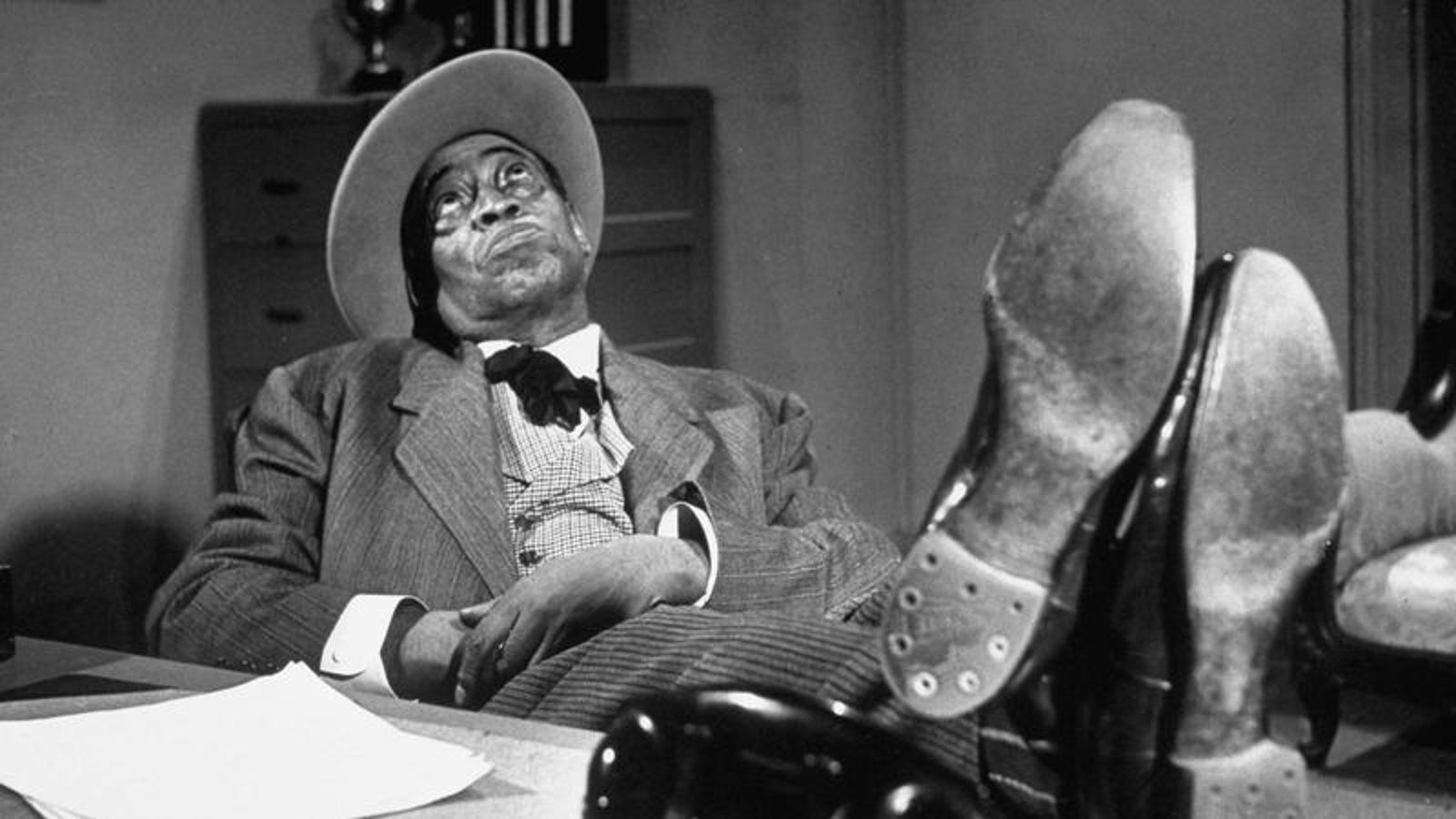

Bridgestone and other video distributors maintain that they are in the public domain, while CBS insists that it retains ownership. It is unlikely that “Amos ‘n’ Andy” will make a full-scale comeback or be rerun on television any time soon.įor one thing, there is continuing debate over who owns the old episodes. The disenchantment reflected the unhappiness surrounding the stereotypical roles played by black film stars of the period, who were often hired to play servants. The series, members said in a resolution passed at a 1951 convention, showed “the Negro and other minority groups in a stereotyped and derogatory manner” and tended to “strengthen the conclusion among uninformed or prejudiced people that Negroes and other minorities are inferior, dumb, lazy and dishonest.” “Amos ‘n’ Andy” was immediately attacked by the NAACP.

Dialogue consisted of lines such as, “We’s all got to stick together in dis heah thing.” The men spoke in a heavy black dialect with little regard for the English language.

Some of the characters were contentedly unemployed some were blatantly deceitful. Black audiences were divided when confronted with the visual reality of the show. While some fans were delighted to see the characters they had grown to love on radio, what had worked audibly had a different effect on TV. When “The Amos ‘n’ Andy Show” premiered on CBS in June 1951, it had three new stars: Alvin Childress as Amos, Spencer Williams Jr. Obviously, the pair could not re-create their multiple black characters on television, prompting a search for black actors to take over the parts.
#AMOS AND ANDY TV#
Gosden and Correll later sold the rights to their characters to CBS, which wanted to produce a TV version. “The Kingfish” regularly butted heads with his wife, Sapphire, and his sour-faced mother-in-law, and became well known for his exclamation, “Holy mackerel!” “The Kingfish” was often at the center of the action as he schemed to make a fast buck or swindle Andy out of a few dollars. The featured characters were Amos Jones, a philosophical cabdriver Andy Brown, his gullible, rotund and unassuming friend, and George Stevens, the head of the Mystic Knights of the Sea Lodge, which earned him the more familiar nickname of “the Kingfish.” Also included in the ensemble was a lazy-talking janitor, Lightin’, and a fast-talking attorney, Algonquin J.
#AMOS AND ANDY MOVIE#
It became such a hit that broadcasts were piped into restaurants and movie theaters so patrons could be assured of not missing an episode. Despite some NAACP leaders’ complaints about negative images, the show was successful with both black and white listeners.
#AMOS AND ANDY SERIES#
Two white entertainers, Freeman Gosden and Charles Correll, created the “Amos ‘n’ Andy” show and played all of the male parts when the series premiered on NBC radio in 1929. Every black actor working owes a debt to them, to Hattie McDaniel, to Stepin Fetchit. They made it possible for ‘The Autobiography of Miss Jane Pittman,’ for ‘Sounder,’ for Alfre Woodard. “We need to look and point with pride to ‘Amos ‘n’ Andy,’ and what those actors accomplished,” said James Avery, an African American who co-starred in “The Fresh Prince of Bel-Air” and now appears in the UPN comedy “Sparks.” “They made the best of a bad situation by acting with dignity. With quite a bit of historical distance, there is a different approach that we can apply in the 1990s that we could not apply before.”Īnd performers and scholars increasingly are seeing “Amos ‘n’ Andy” as a historical and cultural cornerstone. “As time passes, different circumstances arise and context changes. “Most things mellow out over time, and what may have been offensive at one point is now comical,” said Todd Boyd, an African American who is assistant professor of critical studies at USC’s School of Cinema-Television. And with the growing prominence of black writers, producers and directors, as well as a greater variety of roles for blacks, some African Americans and others regard “Amos ‘n’ Andy” with less resistance than they did in the past, when the involvement of blacks in Hollywood was more stereotyped and restricted. But mixed feelings about contemporary African American sitcoms and movies containing what some observers call outrageous characters and situations have prompted more interest in seeking out “Amos ‘n’ Andy” for comparison. Director Robert Altman and entertainer Harry Belafonte have announced plans for a movie about “Amos ‘n’ Andy.” But now, a home video distributor has launched an aggressive marketing campaign as it makes episodes more widely available in such major outlets as Tower Records.


 0 kommentar(er)
0 kommentar(er)
